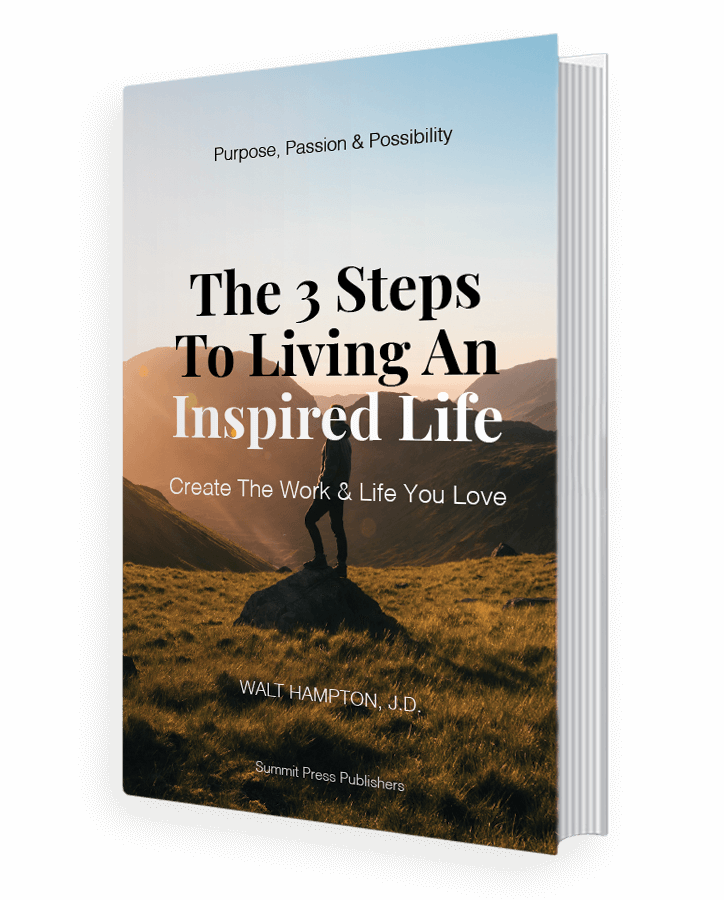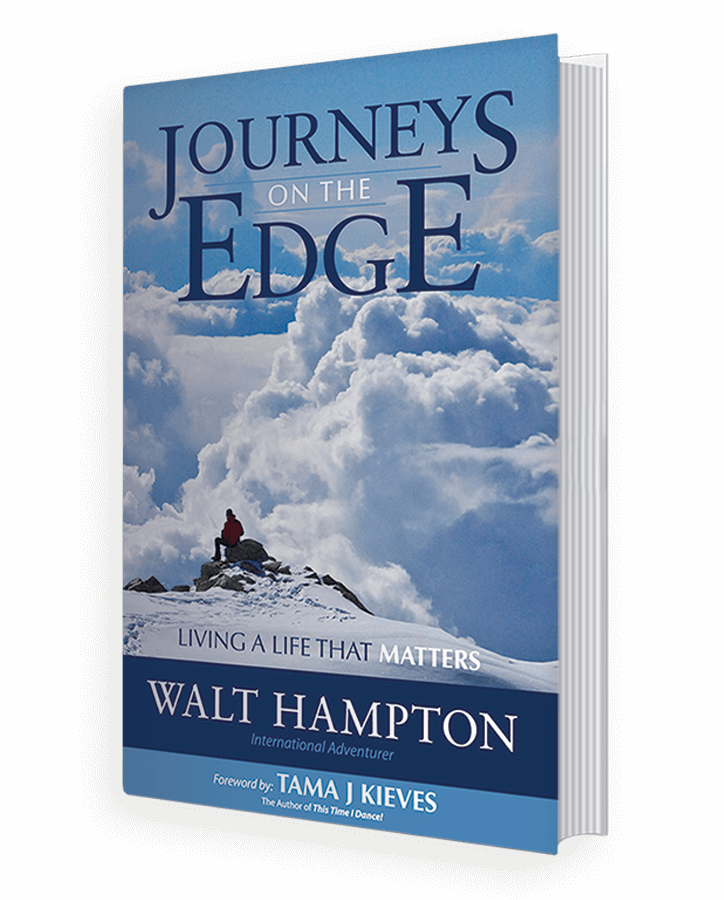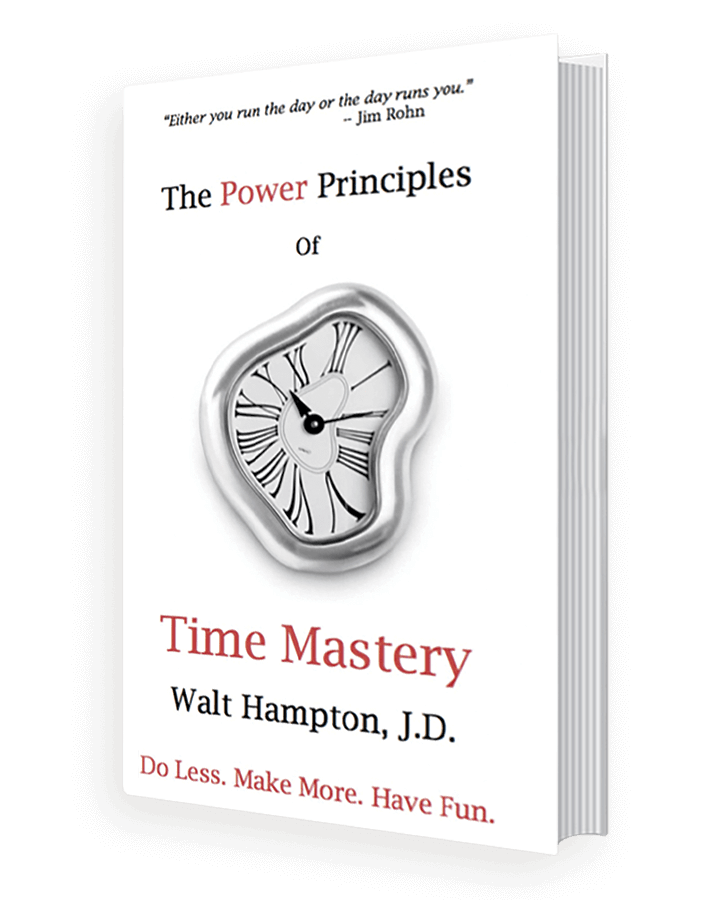I climb mountains to gain perspective.
But how easy it is to lose it.
“Can’t see the forest for the trees,” the old adage goes. How true that is.
When we’re in the thick of it, it’s difficult to see the big picture. And even when we think we see the big picture, often times we don’t.
The frame we put around the picture determines how we see it – for good or for bad.
I spend a fair amount of time before a photography exhibit thinking about how to present the pieces, how to frame them. The frame matters. The frame guides the viewer’s eye. It sets boundaries.
Nature and wildlife photographer James Balog has a fascinating series of primate portraits. Many of these photographs appear to be “posed” in what looks to be a studio setting. The camera’s perspective is pulled back just far enough to see studio backdrops and lighting equipment.
These photographs challenge the viewer to think not only about the genre of wildlife photography but also about more fundamental concepts like our relationship to the “wild.” Balog’s change in “frame” is disturbing. It compels the viewer to think. It stretches perspective.
Most photographs that we see – and many that we take – are snapped from the places in which we find ourselves standing. When I teach an introductory photography workshop, I encourage my students to make their photographs from different levels: laying on the ground, standing on a chair, sitting in a tree. I assign projects that require the use of different lenses, varying apertures and a range of shutter speeds. I ask them to think in black and in color. All with the hope of expanding the way they see.
Would that we could be so flexible in everything that we do!
My propensity is to lock onto a particular way of seeing something. My view of the situation becomes the view. Tunnel vision takes over. And I lose perspective.
I think about the old figure-ground studies that appeared in many of our high school or college texts: Is this picture of an old woman or a beautiful young one? It depends on how one sees.
Is the glass half-empty? Or is it half-full?
Tony Robbins uses the illustration of footsteps. By themselves, footsteps mean nothing. But place a context around them, and they take on meaning: the footsteps in an alleyway when you are alone on a city street have a completely different meaning from the footsteps of a child coming down the stairs for breakfast.
Jack Canfield tells the story of standing in a line behind a man who was upbraiding a hotel clerk. Apparently the clerk had been unable to accommodate the man’s request for a larger room. The man went away extraordinarily angry. When Canfield’s turn came at the desk, he complimented the clerk on the kind and patient way in which the clerk had handled an unpleasant customer. The clerk responded, “The man probably was just having a bad day. He’s probably a very nice person.”
How we frame situations – and people – impacts how we move in the world and how we interact with others. Agility in how we frame allows us to be flexible, creative and gracious.
Whether in perception, or how we relate with the world, or how we present our art: the frame matters.

Take in the view.




“I placed a jar in Tennessee” -Wallace Stevens